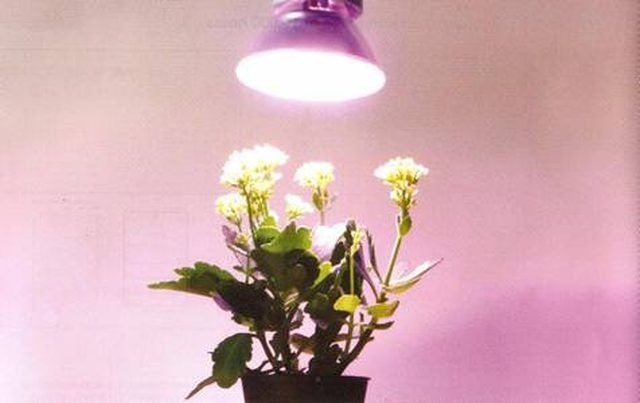Bulbs
Flower Basics
Flower Beds & Specialty Gardens
Flower Garden
Garden Furniture
Garden Gnomes
Garden Seeds
Garden Sheds
Garden Statues
Garden Tools & Supplies
Gardening Basics
Green & Organic
Groundcovers & Vines
Growing Annuals
Growing Basil
Growing Beans
Growing Berries
Growing Blueberries
Growing Cactus
Growing Corn
Growing Cotton
Growing Edibles
Growing Flowers
Growing Garlic
Growing Grapes
Growing Grass
Growing Herbs
Growing Jasmine
Growing Mint
Growing Mushrooms
Orchids
Growing Peanuts
Growing Perennials
Growing Plants
Growing Rosemary
Growing Roses
Growing Strawberries
Growing Sunflowers
Growing Thyme
Growing Tomatoes
Growing Tulips
Growing Vegetables
Herb Basics
Herb Garden
Indoor Growing
Landscaping Basics
Landscaping Patios
Landscaping Plants
Landscaping Shrubs
Landscaping Trees
Landscaping Walks & Pathways
Lawn Basics
Lawn Maintenance
Lawn Mowers
Lawn Ornaments
Lawn Planting
Lawn Tools
Outdoor Growing
Overall Landscape Planning
Pests, Weeds & Problems
Plant Basics
Rock Garden
Rose Garden
Shrubs
Soil
Specialty Gardens
Trees
Vegetable Garden
Yard Maintenance
How to Use Halogen Lights to Grow Plants
How to Use Halogen Lights to Grow Plants. Halogen lights are plentiful, inexpensive and easy to find. Most people have halogen light bulbs in almost every light fixture in their homes. While popular for reading or other basic lighting needs, halogen lights are not the best light source to use for growing plants. Still, many people do use them as a...

Halogen lights are plentiful, inexpensive and easy to find. Most people have halogen light bulbs in almost every light fixture in their homes. While popular for reading or other basic lighting needs, halogen lights are not the best light source to use for growing plants. Still, many people do use them as a light source for indoor growing rooms.
Set up your lights about 6 to 12 inches above the plant. If your plant has delicate foliage, set it at the 12-inch range. Halogen lights do not give a lot of output, so you will need quite a few lamps if you have a lot of plants. One lamp for two plants is the standard.
Add water and humidity to the air and soil. Halogen lights give off a lot of heat, so your plants are going to need watering more than if they were outside. If they are humid plants, such as orchids, be sure to mist them twice a day as well.
Supplement with natural light or florescent tubes. Halogen lights emit light in the red area of the spectrum. Because plants also need blue light to thrive (from natural or florescent sources), plants grown only under halogen lights will be tall and sickly.
Feed your plants. Sunlight provides nutrients that your plants will not get if they are grown only under halogen bulbs. Be sure to feed your plants a fertilizer based on the plant. If you are not sure, choose a basic 10-10-10 blend, which works well for most plants.
Monitor your plants carefully for mold or fungi. Again, the heat from halogen lamps can encourage mold and fungi growth. If you see spotted or moldy leaves, remove them immediately and try moving the lamps further away from the plants.
Tips & Warnings
Consider purchasing specially-made grow lights. While more expensive than halogen light bulbs, they cover every range of the light spectrum that plants need to thrive.